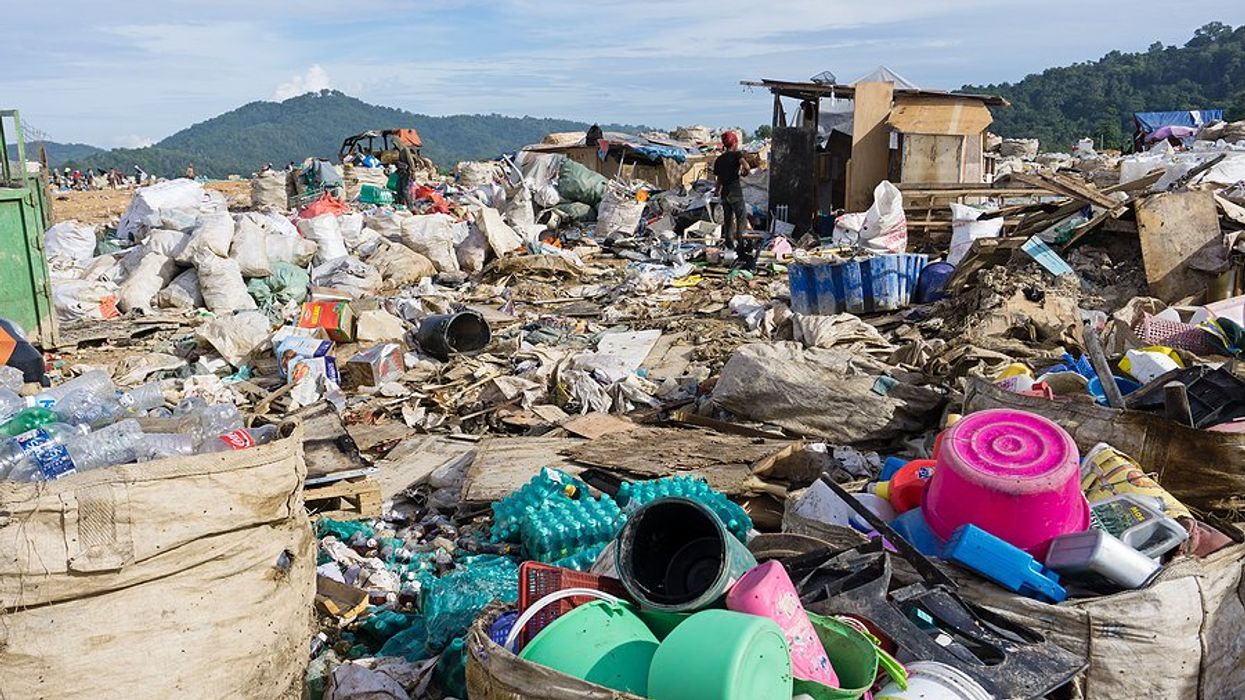The near-extinction of vultures in India due to a cattle drug has caused over half a million excess human deaths from rabies and polluted water.
Catrin Einhorn reports for The New York Times.
In short:
- Vultures in India nearly vanished in the 1990s due to the drug diclofenac used on cattle.
- The decline led to increased carcass pollution, feral dogs and rabies, causing significant human deaths.
- Economists highlight the essential role of keystone species in maintaining human health and safety.
Key quote:
“Biodiversity and ecosystem functioning do matter to human beings. And it’s not always the charismatic and fuzzy species.”
— Eyal Frank, economist at the University of Chicago
Why this matters:
The collapse of vulture populations reveals the role of keystone species in ecosystems. Vultures, often seen as nature's clean-up crew, are essential for their ability to consume carcasses, thereby preventing the spread of disease and supporting a balanced ecosystem.
Related EHN coverage:














